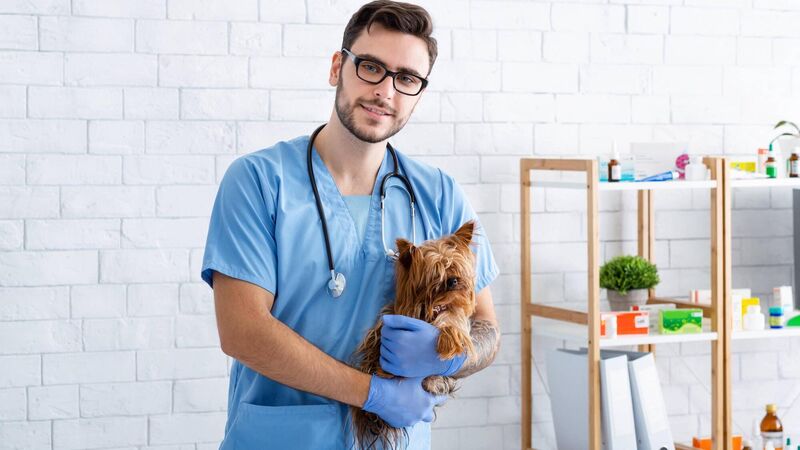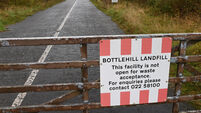Pete the Vet: What vets can do to make their businesses more eco-friendly

Pete the Vet: How to chose a sustainable vet pratice
All of society needs to be more conscious of our joint responsibility to look after the environment, and this includes vet clinics. Many of the challenges are identical to other small businesses, but there are some vet-specific issues that need to be addressed. If you’re an eco-conscious consumer, it’s worth discussing this area with your own vet. Most vets are as concerned about the environment as anyone else, and they are generally happy to outline the measures they are taking.










